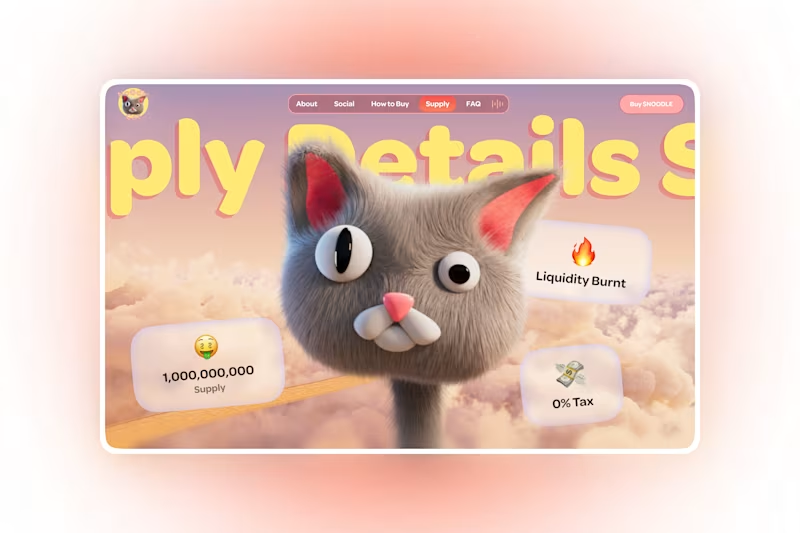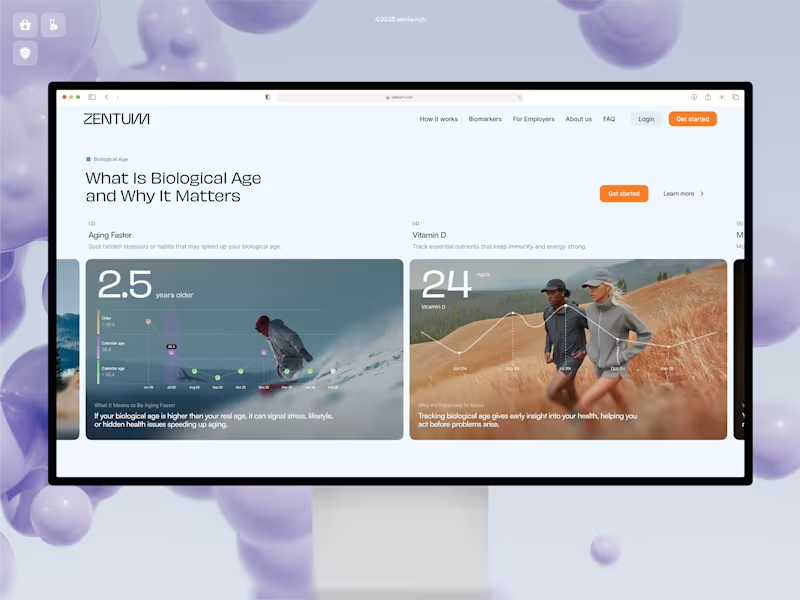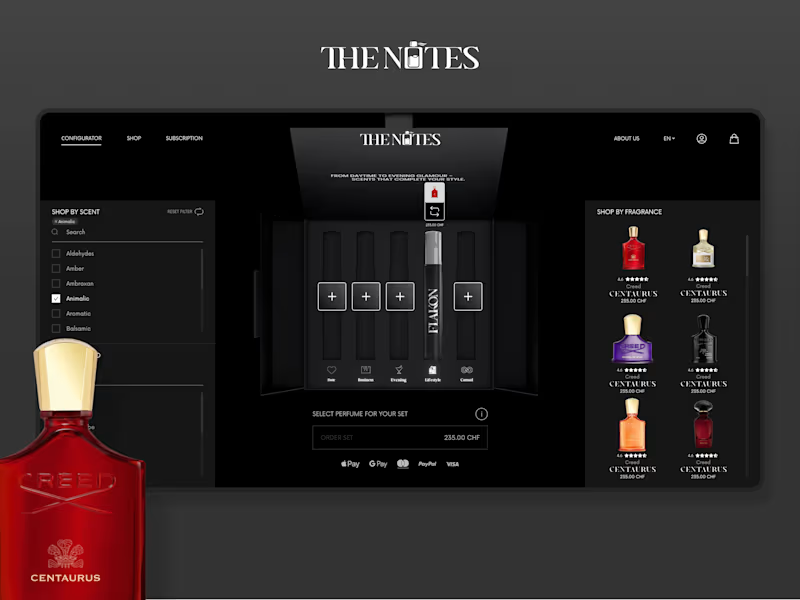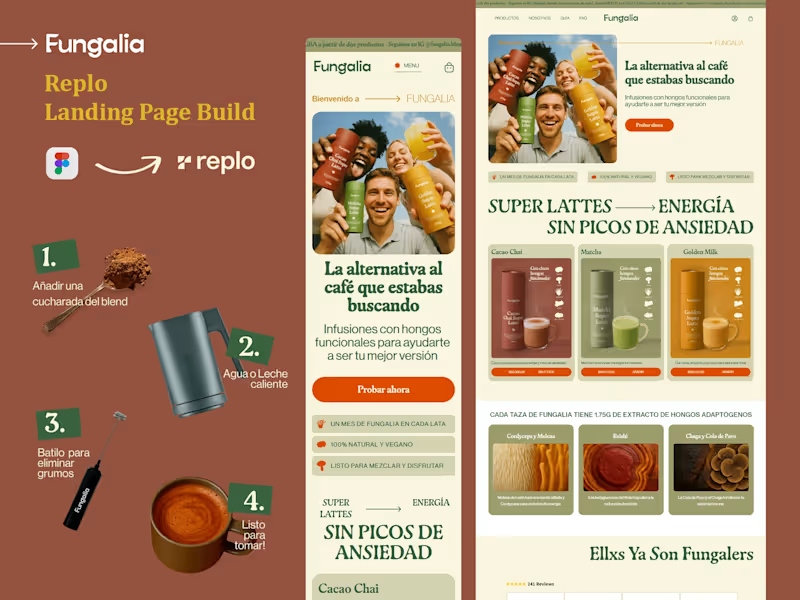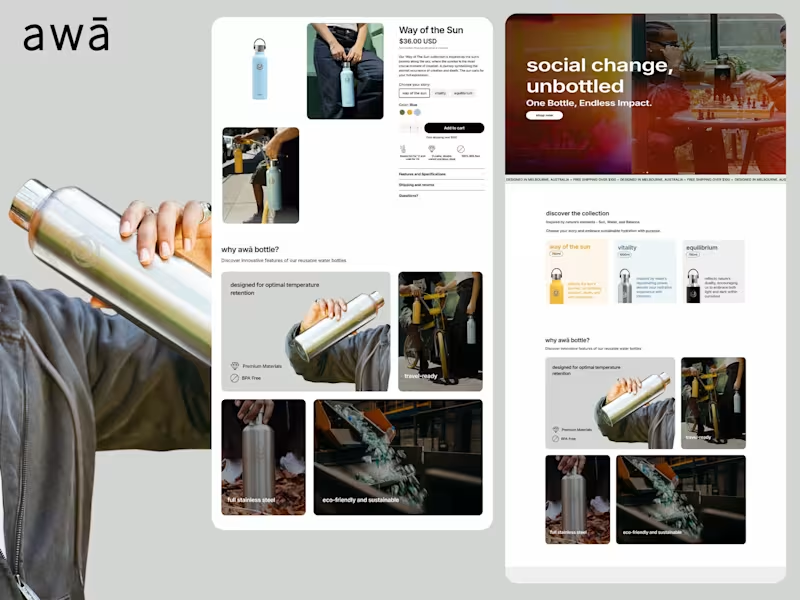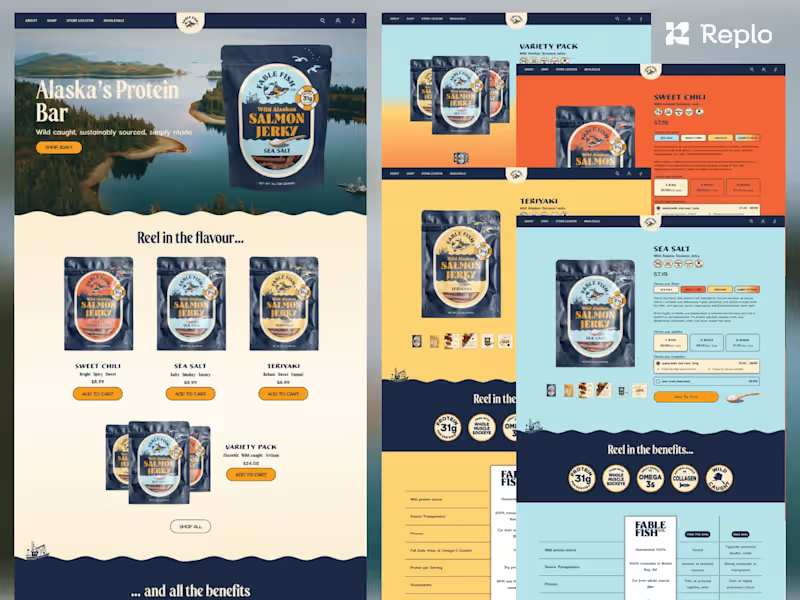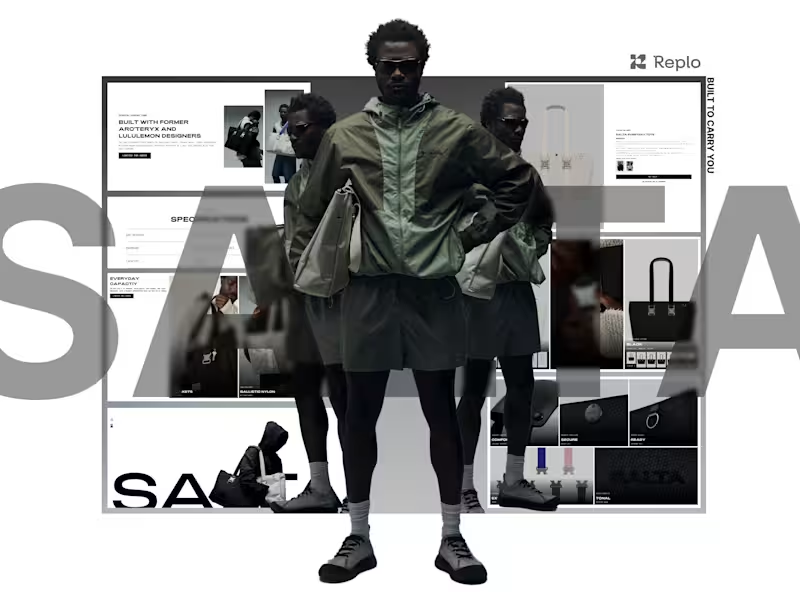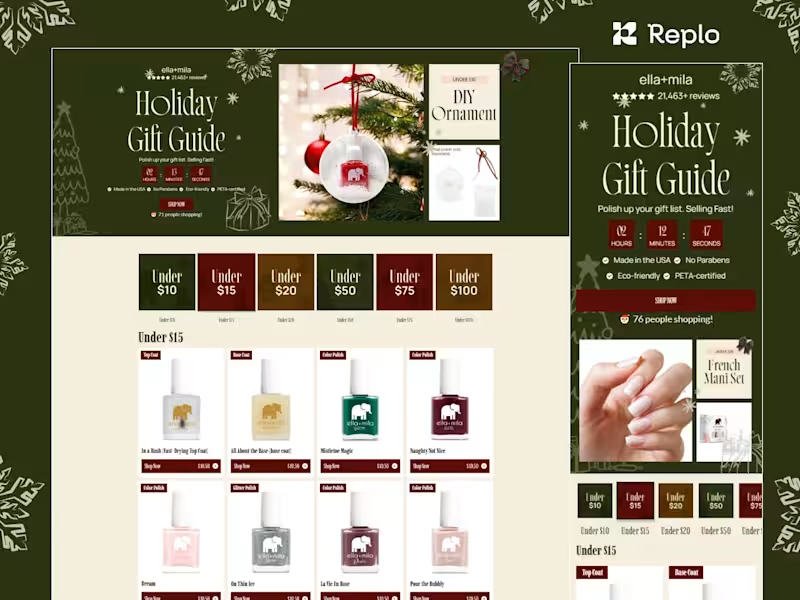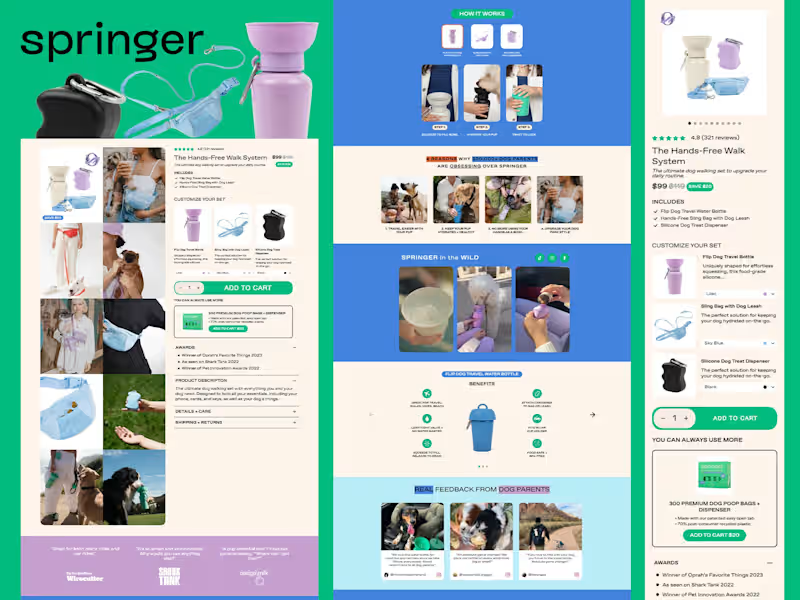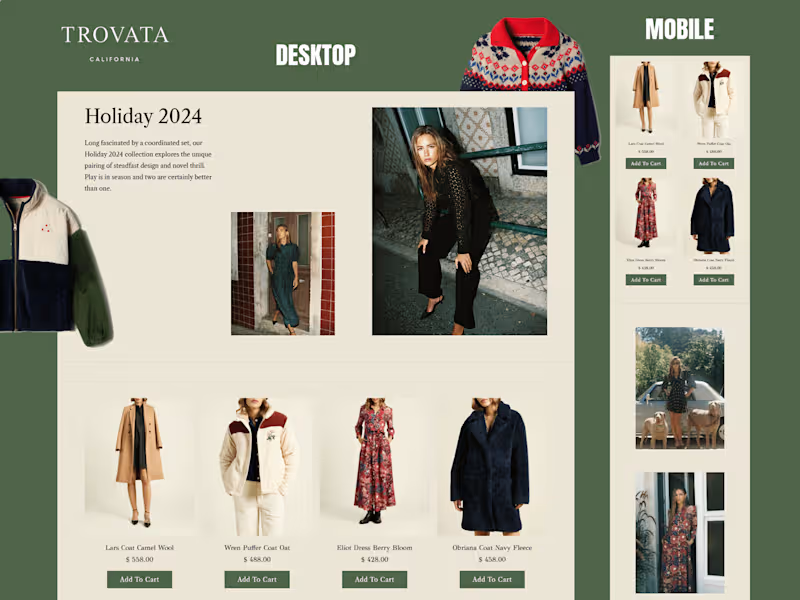What specific goals do you have for the Shopify website?
Before hiring, know what you want from the designer. Decide on things like how many pages the site needs or what features are important. This helps in matching with the right Shopify designer and ensuring you're both on the same page.
How will you evaluate the portfolios of designers?
Look for Shopify stores they've worked on before. Check if their style matches what you're looking for. Portfolios show what they can do and help you decide which designer fits best.
What communication tools will you use for the project?
Choose a way to talk that works best for both. It could be email, video calls, or chat. Good communication ensures everyone knows what's happening at each stage.
How will you agree on project milestones?
Set clear steps or stages for the project. Each milestone should have specific deliverables. This keeps everything organized and helps track the project progress.
What timeline are you expecting for the project?
Decide how long you want the project to take. Make sure the designer can work within your timeline. This ensures that both are aware from the start of when tasks need to be done.
How will you discuss design revisions?
Think about how many changes you might need and set a process for it. Agree with the designer on how revisions will be managed. This way, improvements can happen smoothly.
What criteria will you use to evaluate if the work meets your standards?
Decide what a successful project looks like to you. This might be how it functions, looks, or both. Knowing these helps in ensuring that the final product matches your expectations.
How will you document feedback for the designer?
Keep a record of what you like or need to change during the project. Writing it down helps in giving clear feedback. Good documentation ensures nothing gets missed.
How will you handle onboarding of the freelancer to your project?
Set up a welcome process to introduce the project's goals and timelines. Share all necessary information about your brand and expectations. A good start helps both you and the designer work well together.
How will you ensure the security of your data?
Discuss privacy and how your business information will be protected. Make sure any tools or data transfers are safe. Knowing this helps both parties stay secure during and after the project.
Who is Contra for?
Contra is designed for both freelancers (referred to as "independents") and clients. Freelancers can showcase their work, connect with clients, and manage projects commission-free. Clients can discover and hire top freelance talent for their projects.
What is the vision of Contra?
Contra aims to revolutionize the world of work by providing an all-in-one platform that empowers freelancers and clients to connect and collaborate seamlessly, eliminating traditional barriers and commission fees.
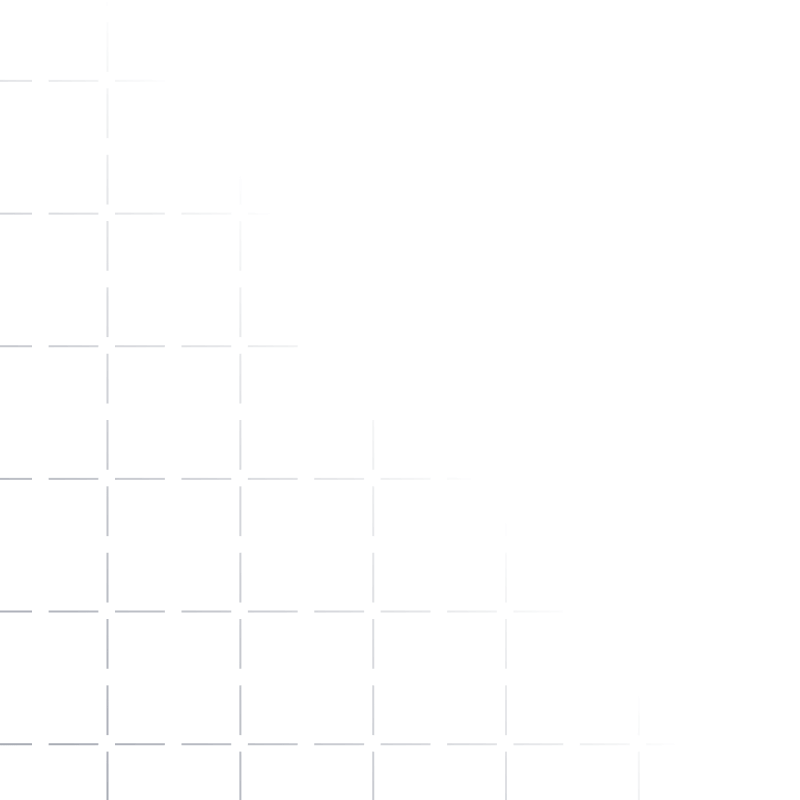
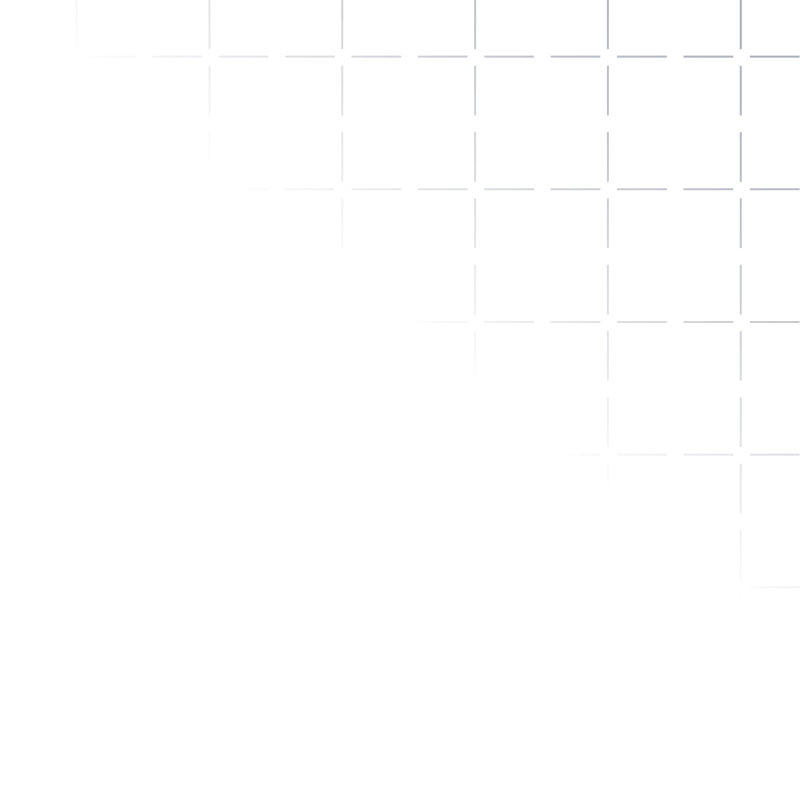





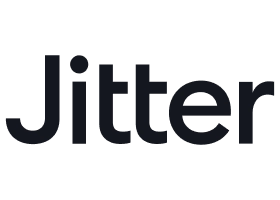















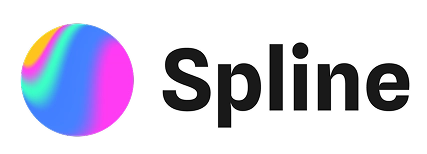
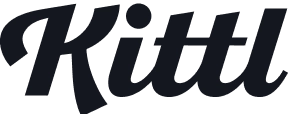

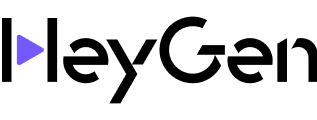

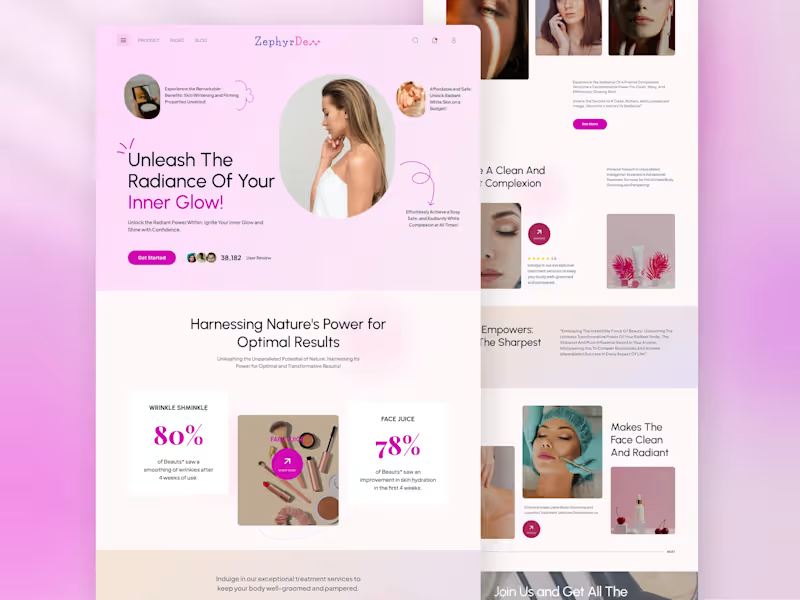
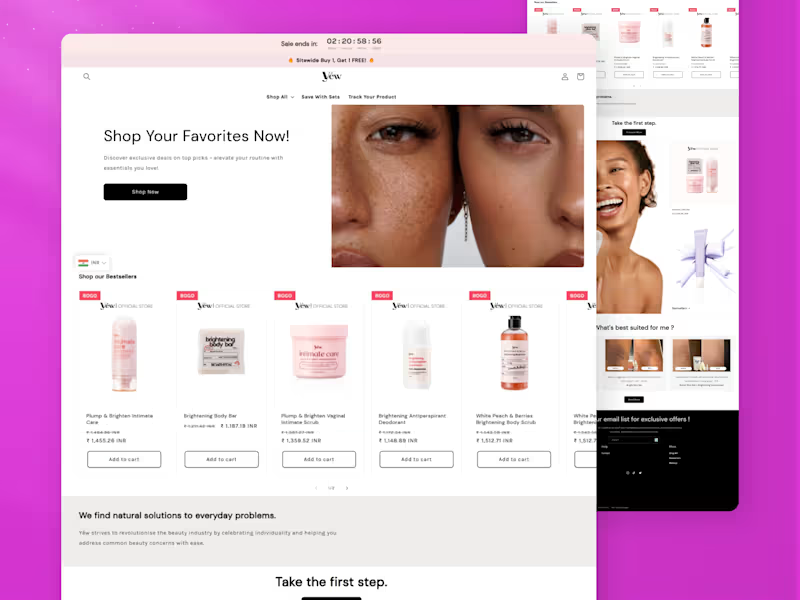
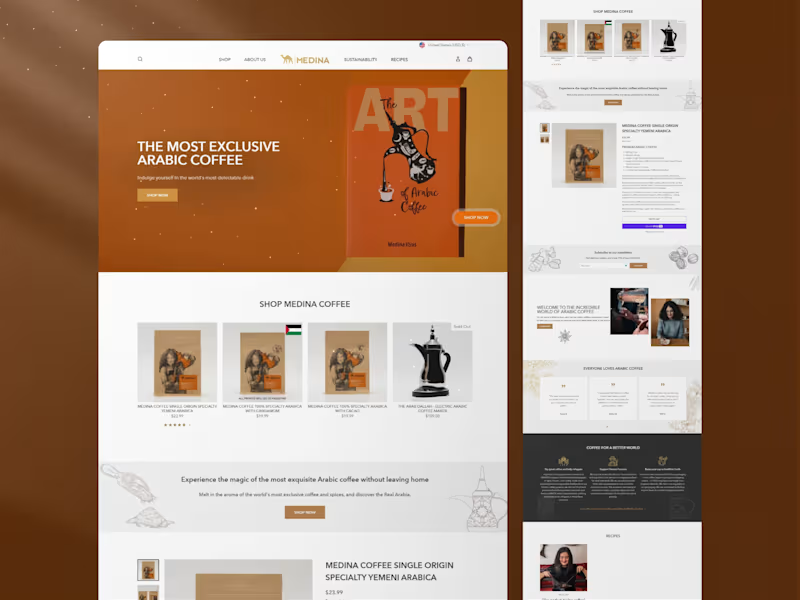
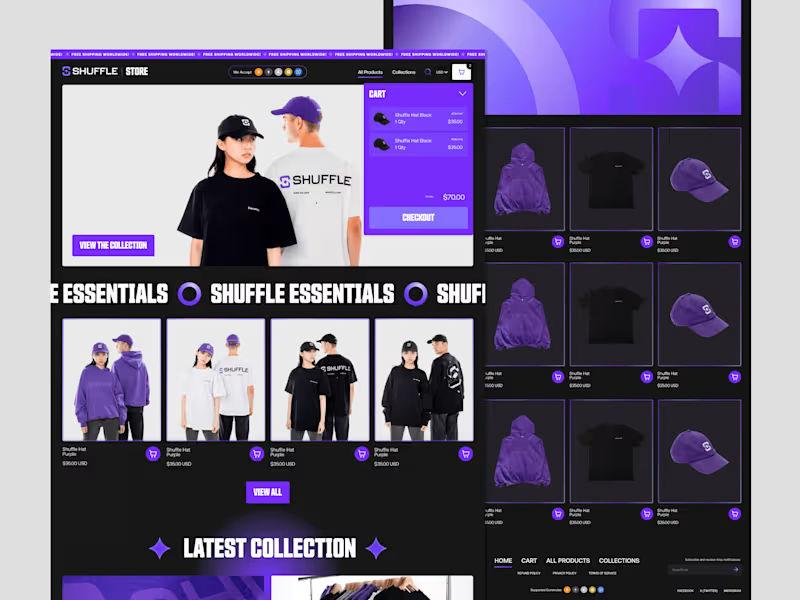
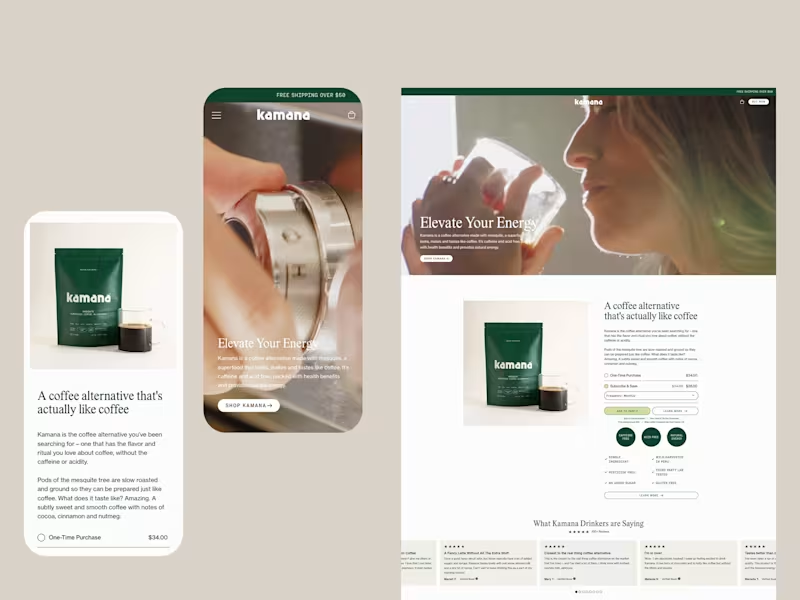
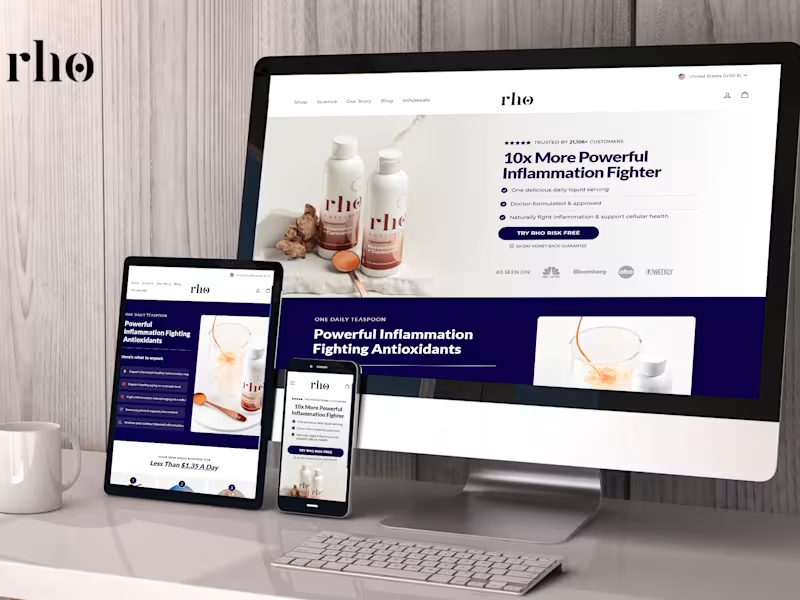
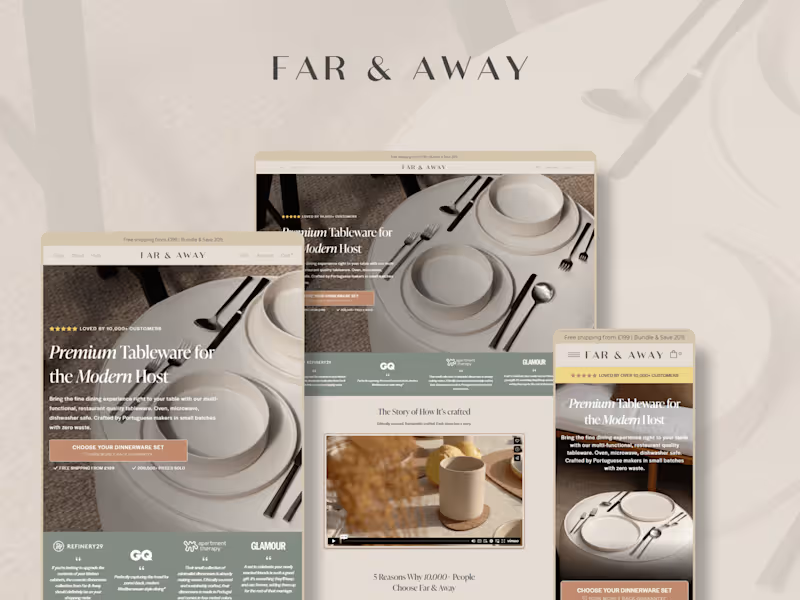
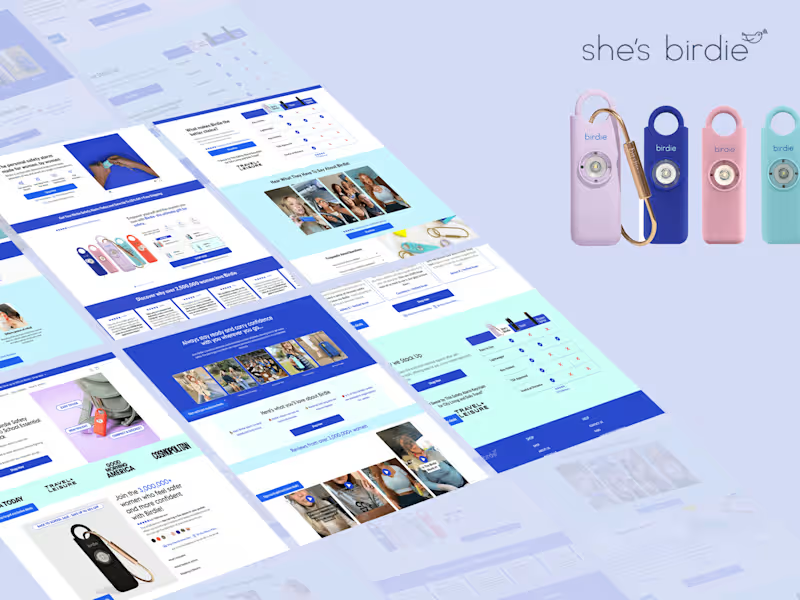

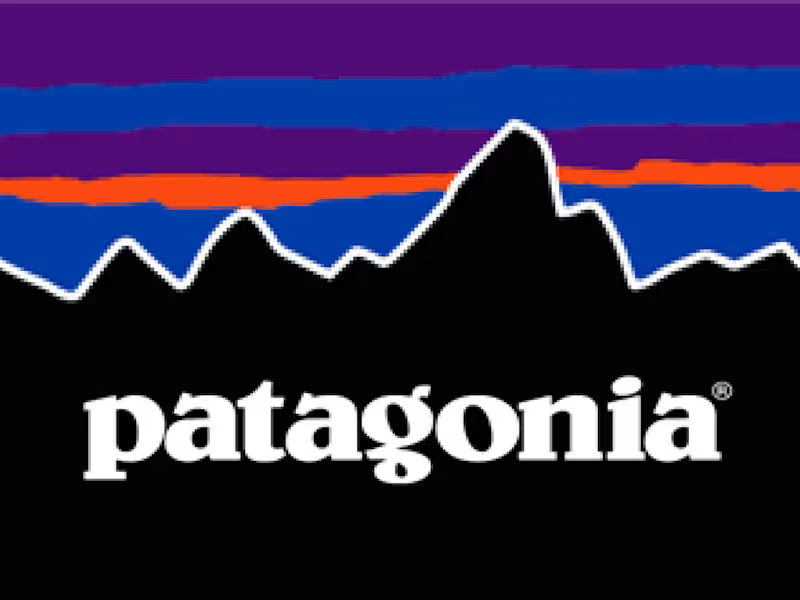
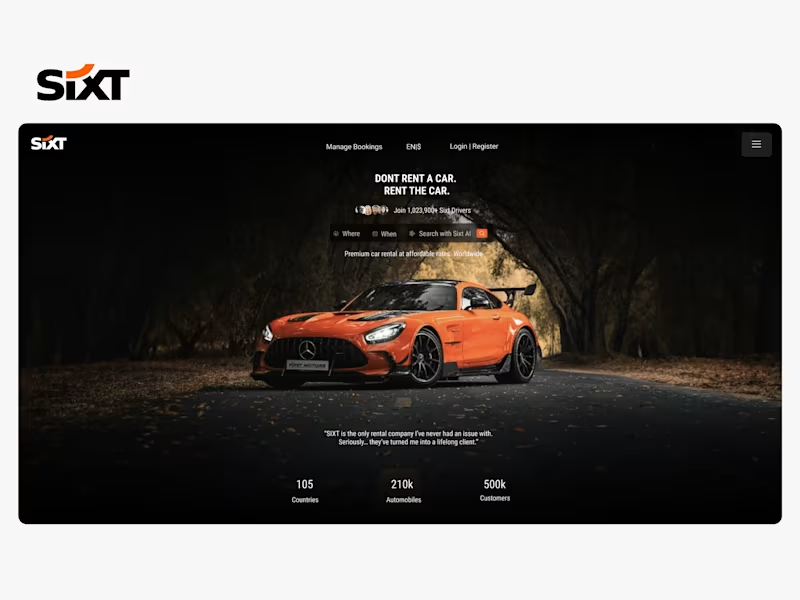
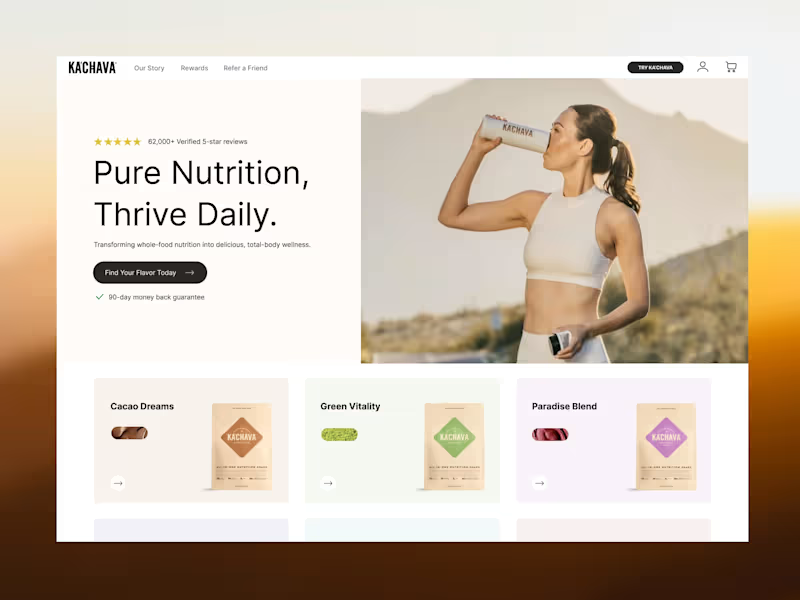
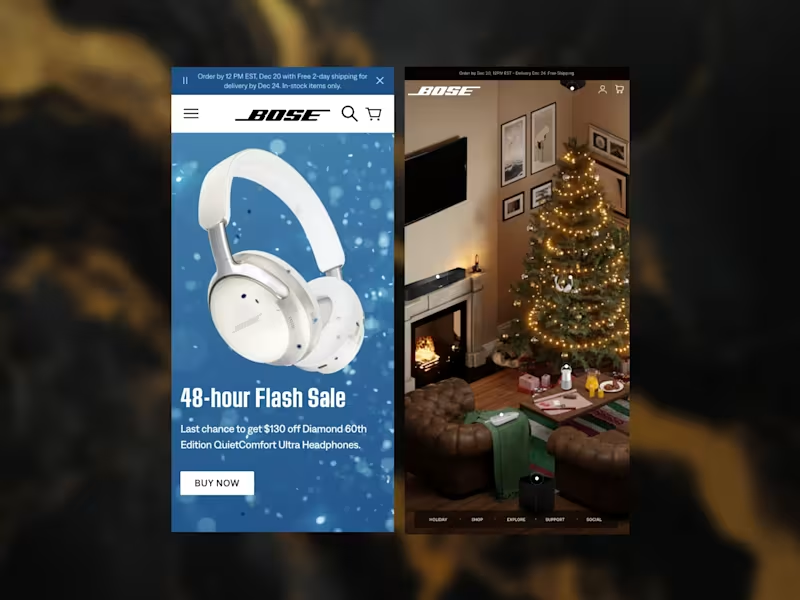

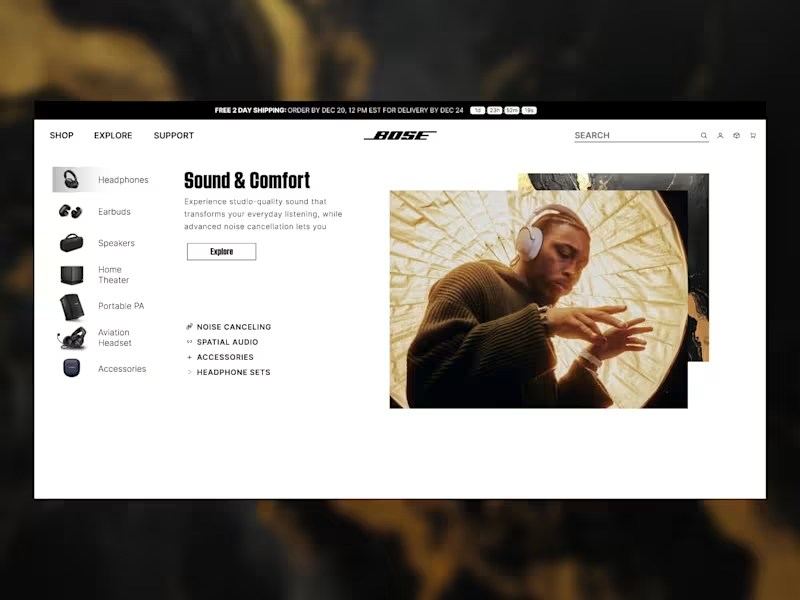
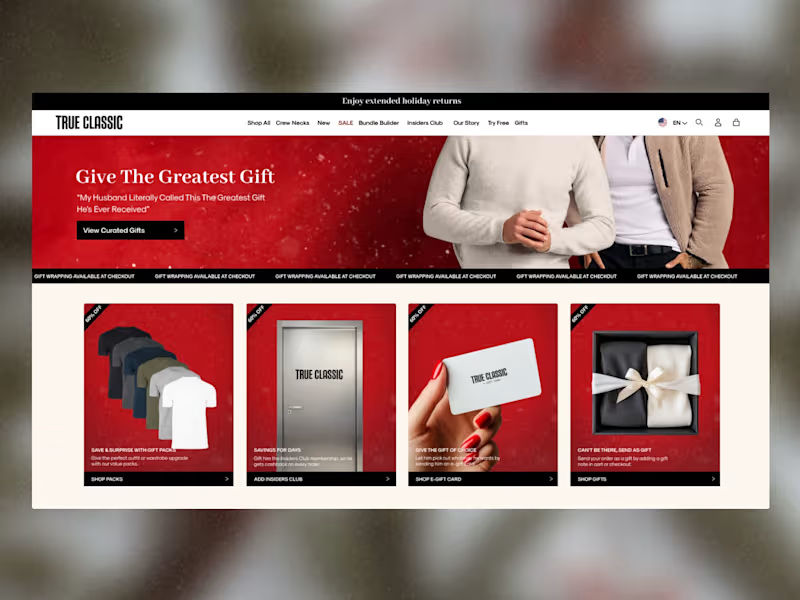
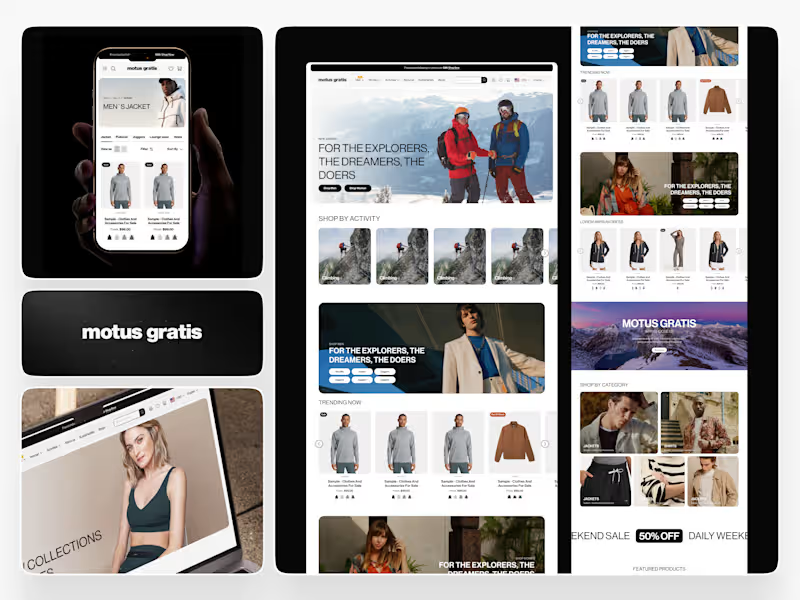
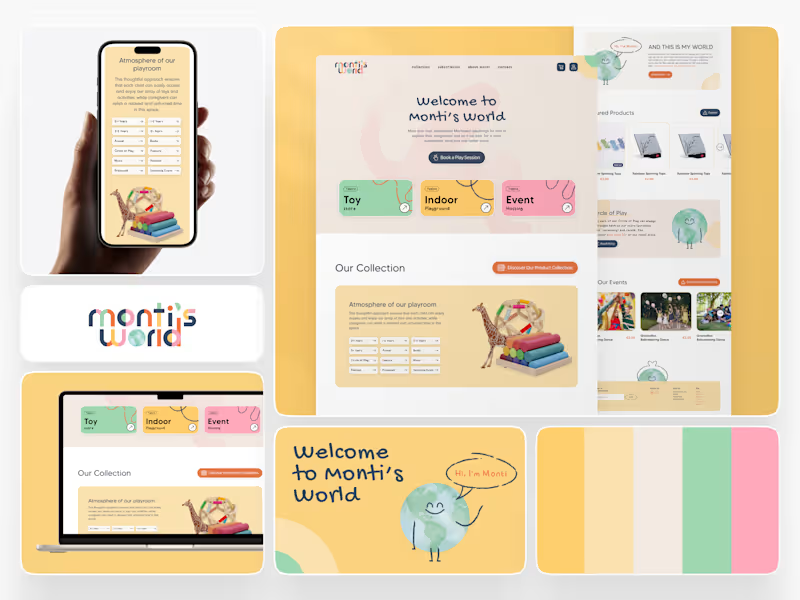

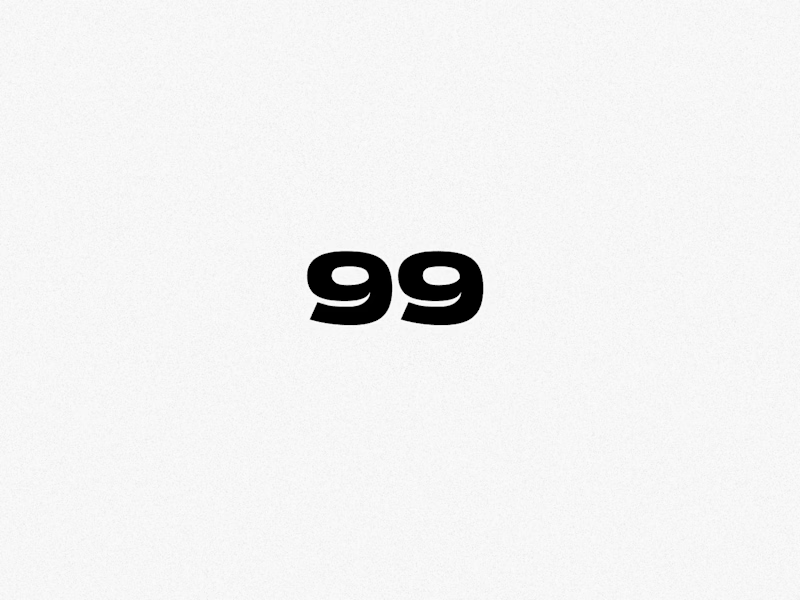

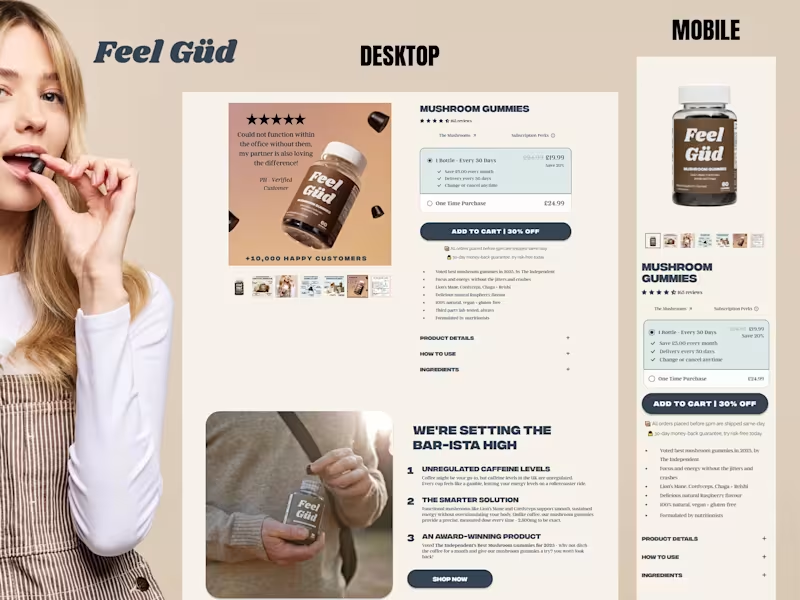
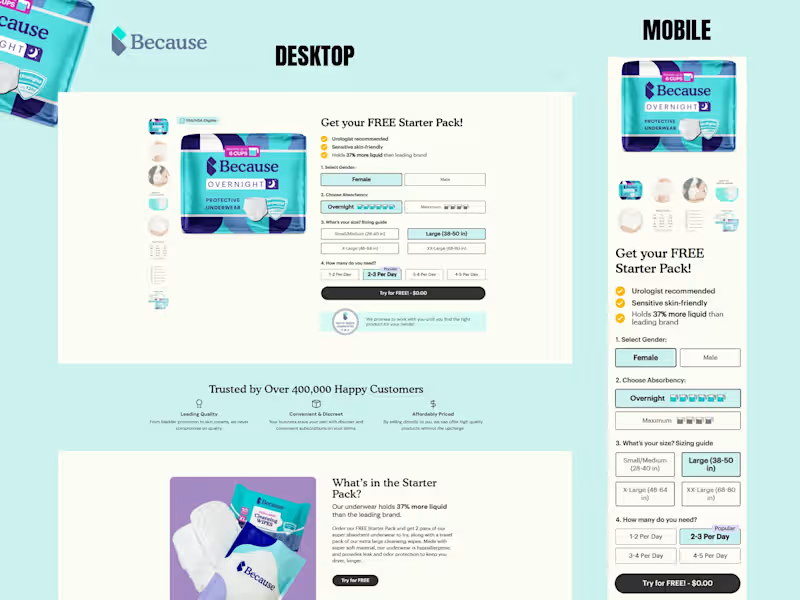
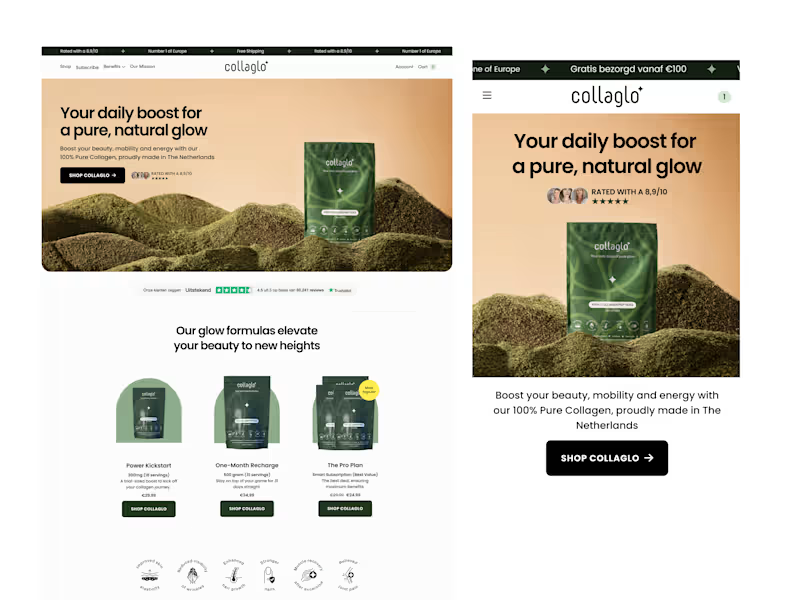


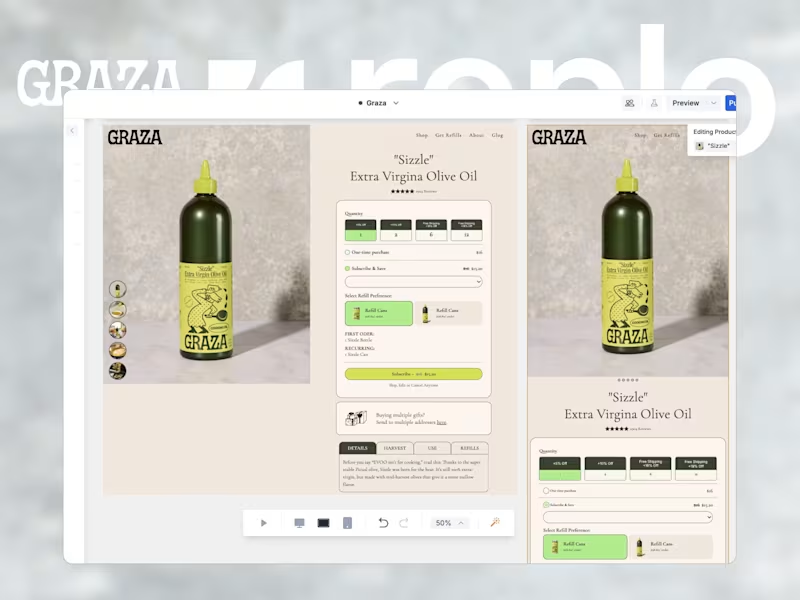
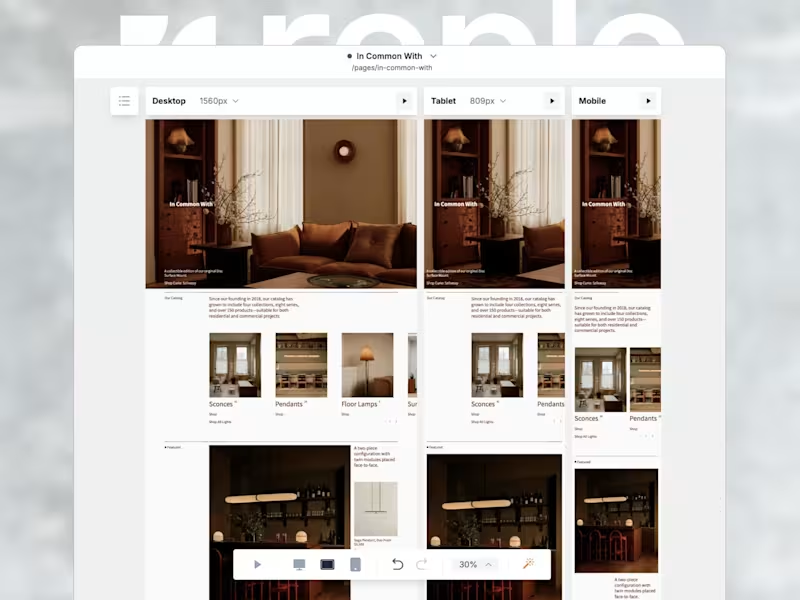

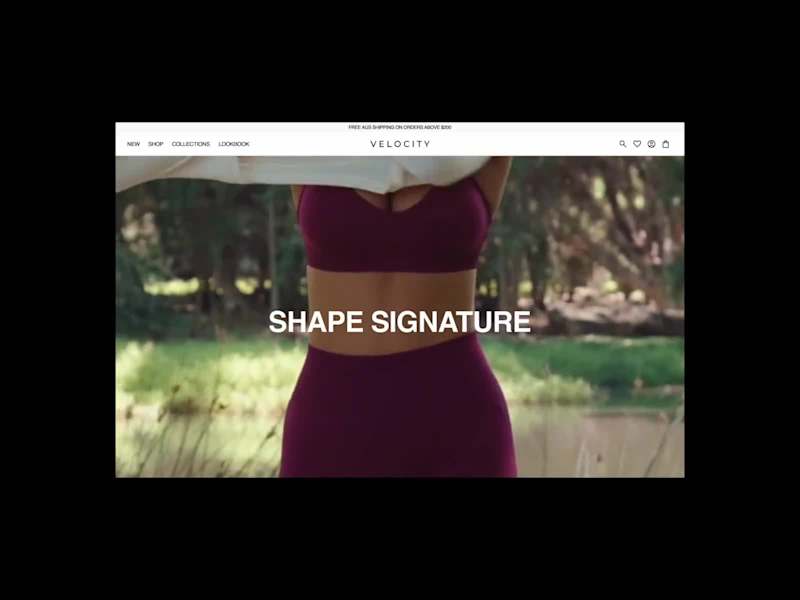

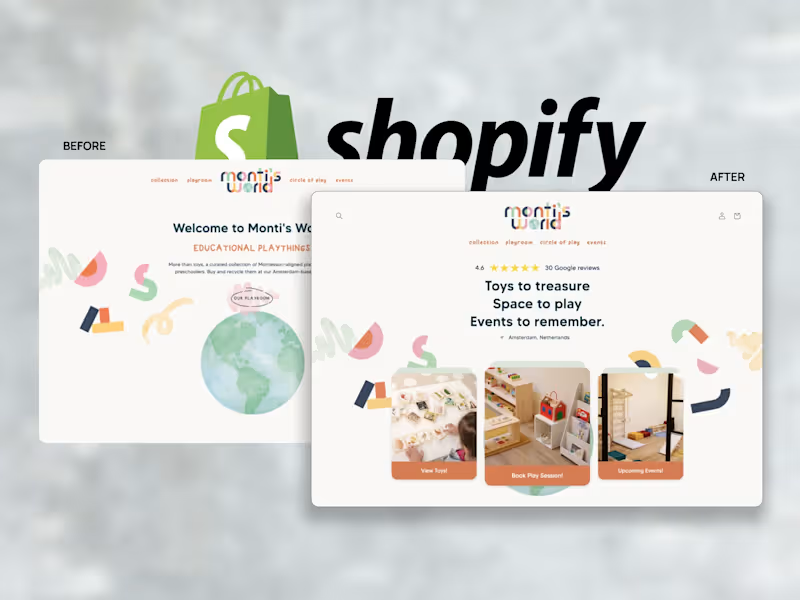
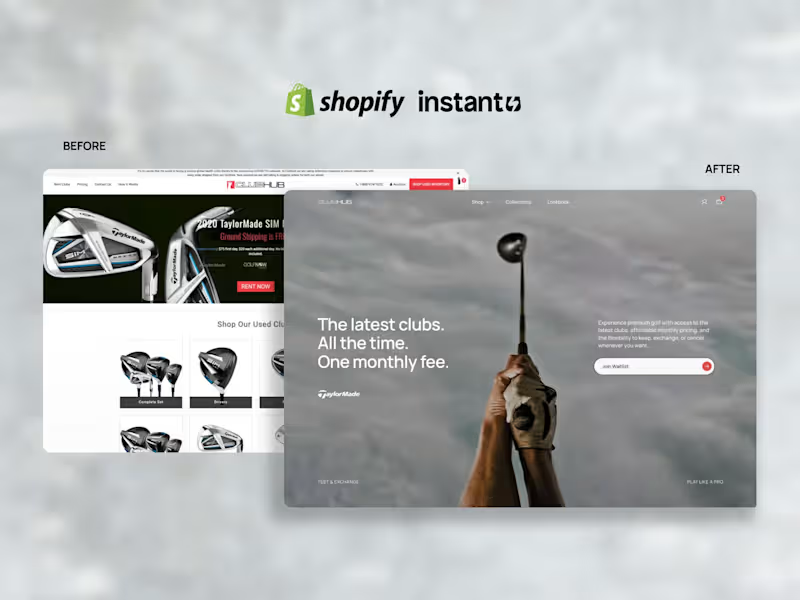

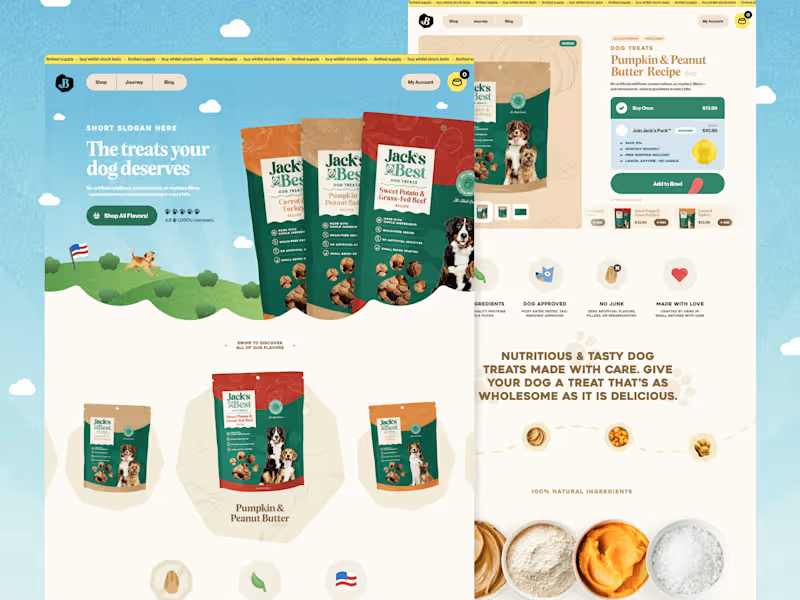
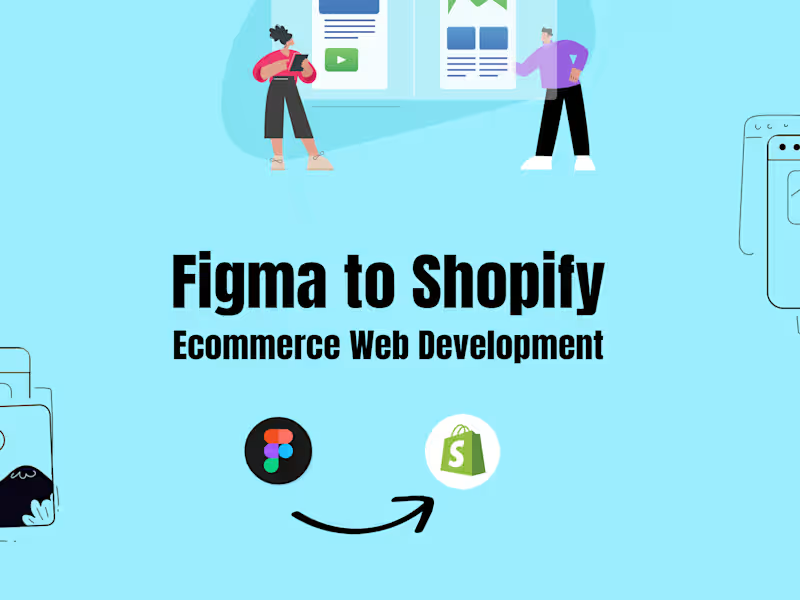
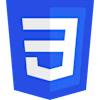


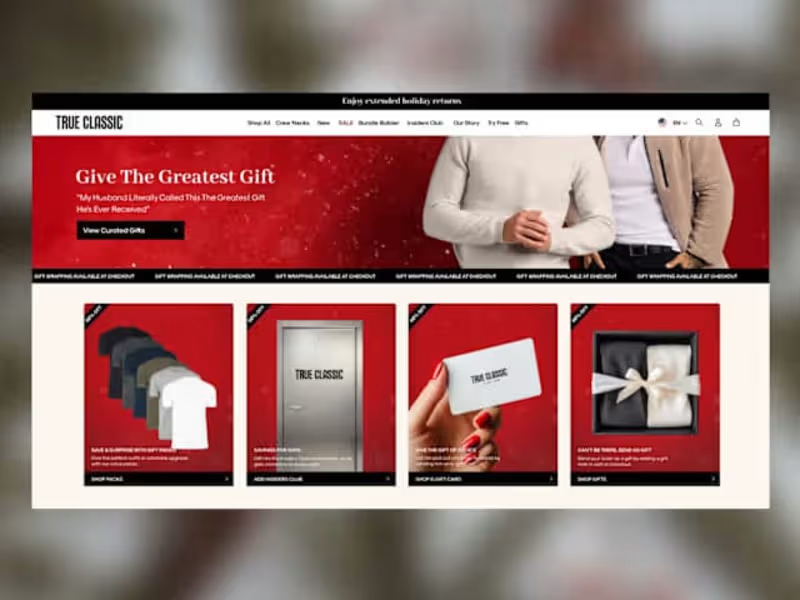
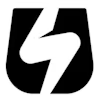



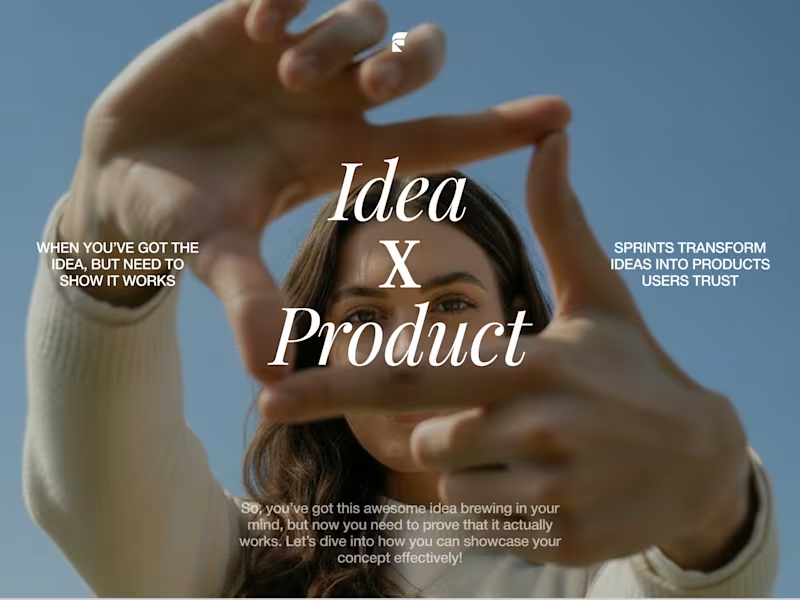
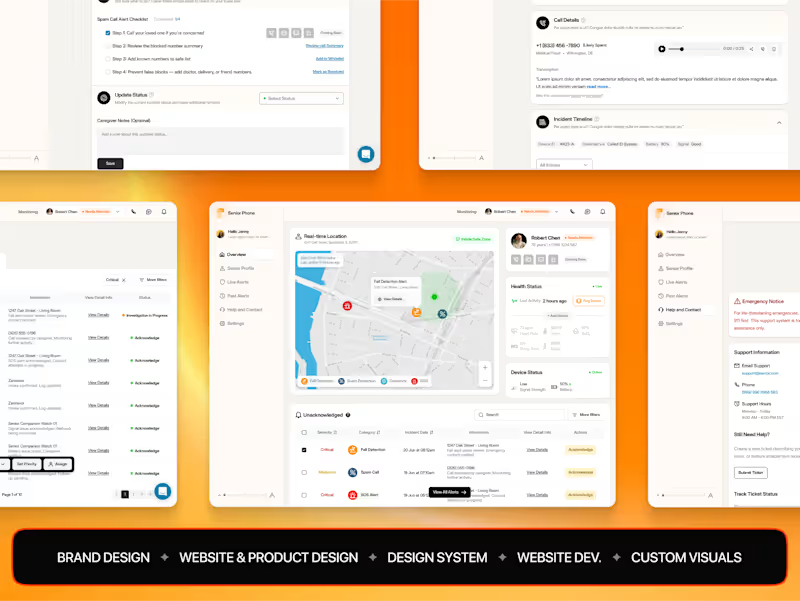
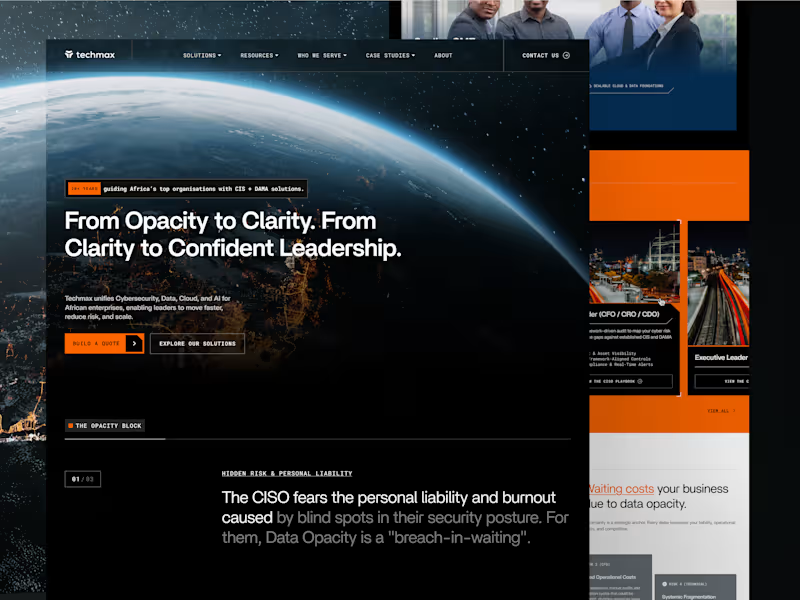
![Cover image for Sales AI Agent [B2B] | Web Dev + UI Design+ Illustration](https://media.contra.com/image/upload/w_800,q_auto/cqztxlaskk3j8gyikos1.avif)

